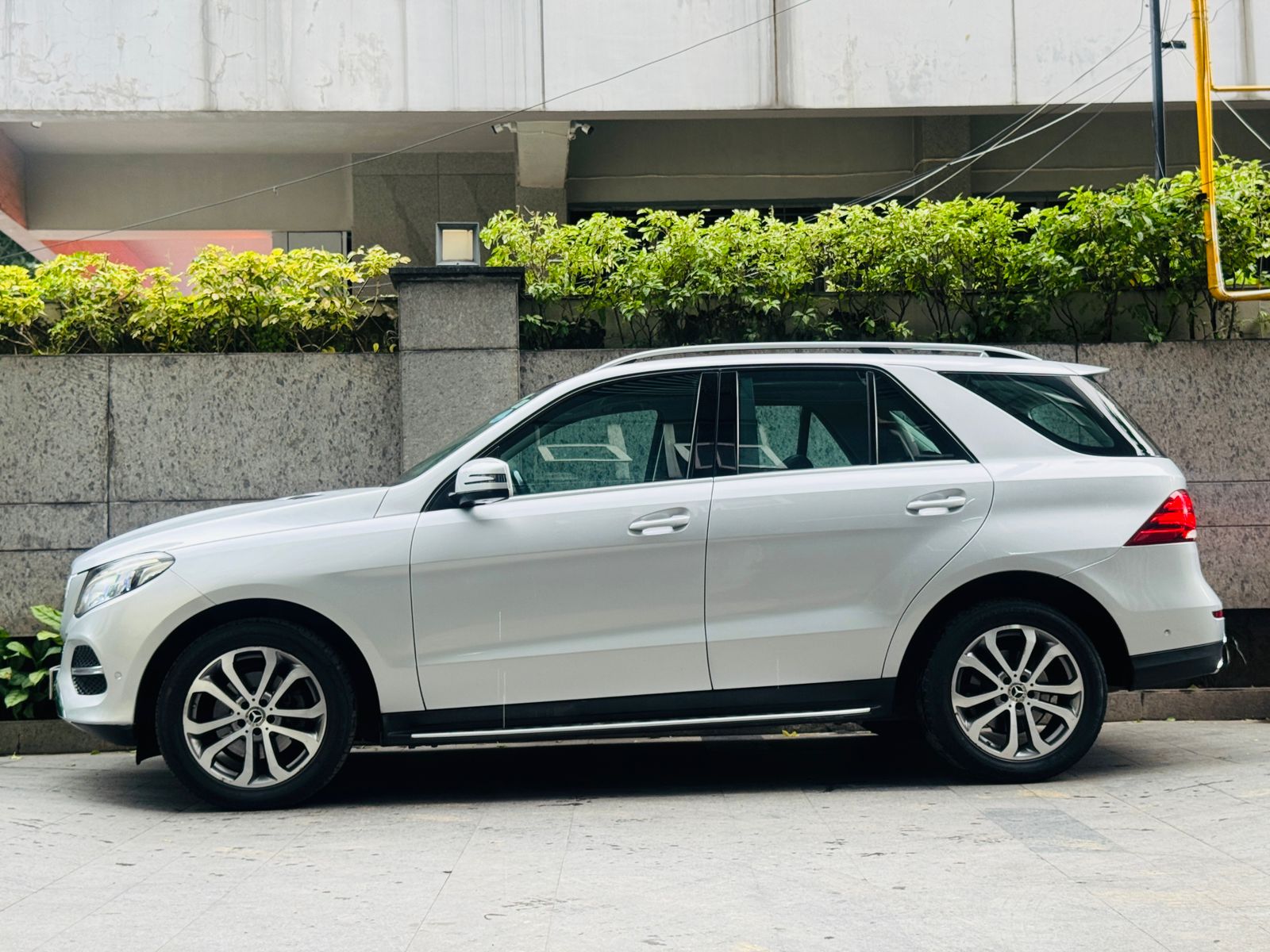Best Used Cars
Best Used Cars in Kolkata
Buying a Used Car in Kolkata
flywheel cars in india
flywheel cars in kolkata
FLYWHEEL INDIA
flywheel kolkata
kolkata used dealer
preowned car
preowned cars
preowned cars for sale
preowned cars in india
preowned cars in kolkata
preowned suv cars in india
preowned suv price in india
second hand audi price
second hand bmw cars
second hand bmw price in india
second hand bmw price in kolkata
second hand car
second hand car in india
second hand car in kolkata
second hand cars in india
second hand dealership in kolkata
second hand mercedes car
second hand sedan car price in india
second hand suv
used car buys
used car in india
used car in kolkata
Used Car Purchase
used car suv
used cars
used cars audi price in india
used cars bmw price in india
used cars buy
used cars for sale
used cars in india
used cars in kolkata
used cars india
used cars kolkata
used cars sale
used cars sedan

AWD vs 4WD: Which is Better for You?
When choosing a vehicle, especially if you have specific driving needs, it’s essential to understand the differences between All-Wheel Drive (AWD) and Four-Wheel Drive (4WD) to decide which is better for you. While both systems improve traction by delivering power to all four wheels, each works differently and is suited to different driving conditions. Here’s a look at how they work, their pros and cons, and which might be the better option for your lifestyle.



Here is AWD vs 4WD
What is AWD?
All-Wheel Drive (AWD) systems are commonly found in sedans, crossovers, and many SUVs. In an AWD system, power is automatically distributed to all four wheels without any driver input. It operates either full-time or on-demand:
- Full-Time AWD continuously powers all wheels, maintaining equal or variable torque at each wheel depending on road conditions.
- On-Demand AWD primarily powers the front or rear wheels but can automatically engage all wheels when the system detects a loss of traction.
This system is ideal for drivers who often encounter slippery roads or light off-road conditions because it enhances traction without requiring the driver to manually engage it.
Pros of AWD
- Automatic Adjustment: AWD systems automatically detect when more traction is needed, like on wet or icy roads, making it convenient for all-weather driving.
- Improved Road Handling: AWD generally offers better handling on different road surfaces, which helps improve control in less extreme off-road conditions.
- Year-Round Versatility: AWD systems are versatile and suitable for various conditions, from rain to light snow, without excessive weight or fuel efficiency penalties.
Cons of AWD
- Less Extreme Off-Road Capability: AWD isn’t typically designed for serious off-roading and may struggle in rugged conditions.
- Higher Cost and Weight: AWD systems can increase the vehicle’s cost and weight slightly, which may lead to lower fuel efficiency than a standard two-wheel drive vehicle.
- Limited Driver Control: Since the system is automated, drivers have less control over when AWD engages.
What is 4WD?
Four-Wheel Drive (4WD), also known as 4×4, is more common in trucks and SUVs designed for off-road performance. Unlike AWD, 4WD systems usually require the driver to engage or disengage the four-wheel drive mode manually. Some newer 4WD vehicles have an “automatic” setting, which can detect traction loss and engage the 4WD system automatically.
4WD vehicles come in two main types:
- Part-Time 4WD allows you to switch between two-wheel drive and four-wheel drive, often used to save fuel when 4WD isn’t necessary.
- Full-Time 4WD keeps all wheels powered but often has additional settings for different terrains.
4WD is best for drivers who need maximum traction on rugged terrain or extreme weather conditions, as it provides more control over power distribution and wheel engagement.
Pros of 4WD
- Superior Off-Road Capability: 4WD systems are designed for rugged conditions like steep hills, rocks, mud, and snow, making them ideal for serious off-roaders.
- Better Traction Control: The system offers better control on uneven terrains, slippery surfaces, and in inclement weather, as you can engage the 4WD when needed.
- Increased Durability: Vehicles with 4WD are typically built to withstand rough conditions, making them more durable for off-road activities.
Cons of 4WD
- Lower Fuel Efficiency: The added weight and mechanics of 4WD systems can reduce fuel efficiency compared to AWD and two-wheel drive vehicles.
- More Complex Operation: 4WD often requires manual engagement and knowledge of when and how to use it, which may not be ideal for all drivers.
- Higher Cost and Maintenance: 4WD systems are often pricier than AWD and can require additional maintenance.
Which is Better for You?
Your choice between AWD and 4WD largely depends on your driving habits, typical road conditions, and how often you encounter off-road situations.
- AWD is generally the better choice if:
- You drive mostly on paved roads and want a system that handles rain, light snow, or occasional dirt roads.
- You prefer a system that automatically adjusts to traction needs without requiring manual control.
- You want an option that offers some off-road capability without compromising too much on fuel efficiency.
- 4WD is better suited if:
- You frequently go off-road or drive in extreme weather conditions like heavy snow or mud.
- You enjoy outdoor activities that require more rugged terrain handling, such as camping or rock crawling.
- You need a vehicle that prioritizes traction and power for towing, hauling, or navigating challenging landscapes.
Final Thoughts
Both AWD and 4WD offer distinct advantages, but their effectiveness depends on your specific needs and driving conditions. AWD is versatile for everyday driving and light off-road conditions, while 4WD is ideal for rugged off-road adventures and severe weather. Evaluating how and where you drive can help you make the best choice between these two capable systems, ensuring you have the right vehicle for both comfort and control on your journeys.



Where to Buy the Best Used Cars in Kolkata
In 2024, Kolkata’s leading dealerships, including Flywheel Cars, focus on high-quality used cars. They provide a wide range of thoroughly inspected, certified vehicles, delivering great value for buyers.
FAQs:
1. What is the main difference between AWD and 4WD?
AWD automatically powers all four wheels for improved traction on-road and in light off-road conditions. In contrast, 4WD is a more rugged system that allows manual engagement for better traction on rough terrains, making it ideal for off-road driving.
2. Which system offers better off-road capability?
4WD excels in off-road driving, offering maximum traction and features like low-range gearing for steep terrain. AWD, while capable, is mainly for on-road use and may struggle in extreme off-road conditions.
3. Is AWD or 4WD better for winter driving?
AWD is preferred for winter driving, automatically adjusting power for better traction on snow. While 4WD can handle snow, it’s better suited for off-road and severe conditions.
4. Do I need to manually engage 4WD?
Most 4WD systems require manual engagement for challenging terrain, while AWD operates automatically without driver input.
5. Which system is more fuel-efficient?
AWD systems are usually more fuel-efficient than 4WD, operating only when needed, while 4WD often consumes more fuel due to heavier components.
More Interesting Blogs To Read:
Top 10 Quality New & Used Cars for Sale | Best Deals and Options
Diesel or Petrol? 5 Important Considerations for Buying a Used Car
Why a Used Cars with Limited Ownership is a Smart Buy: 5 Benefits
Ranked as the top used car dealer in Kolkata, Flywheel specializes in offering a wide range of premium vehicles to our clients. Our unwavering commitment to customer satisfaction and uncompromising dedication to quality set us apart in the industry.


